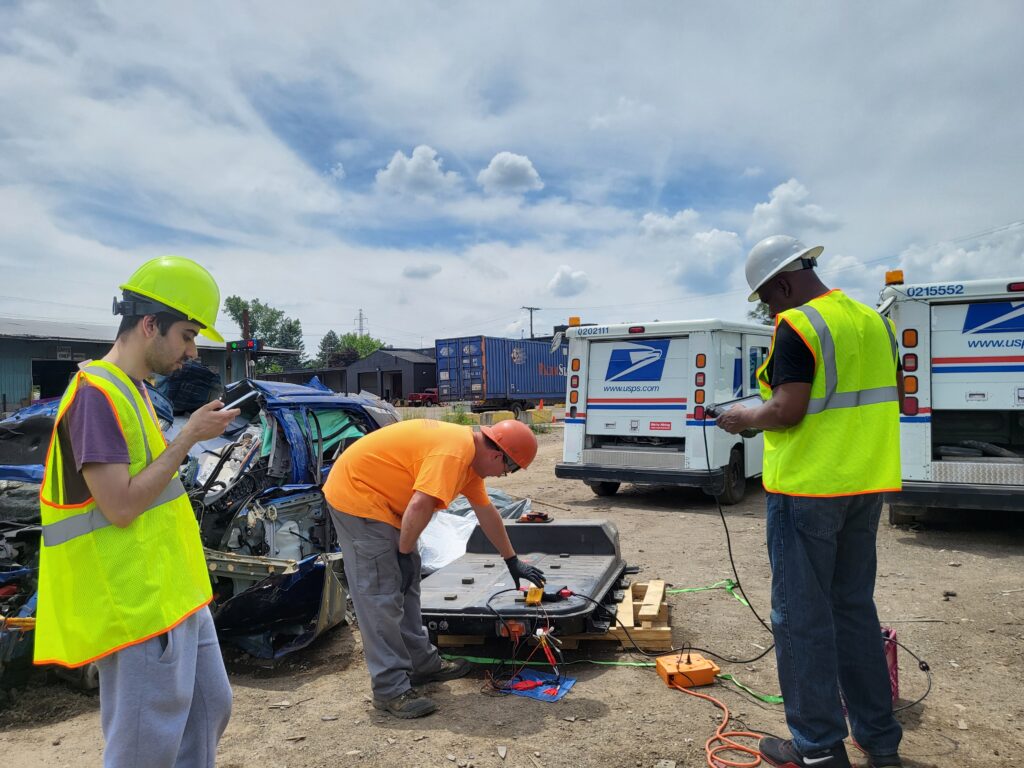Routine maintenance and inspections for electric vehicles (EVs) are essential to ensure their longevity, safety, and efficiency. While EVs have fewer moving parts and generally require less maintenance than traditional internal combustion engine vehicles, there are still several key areas that need regular attention. Here’s a list of routine maintenance and inspections typically needed for electric vehicles:
1. Battery Health and Management
- Battery Cooling System: Check coolant levels and inspect for leaks.
- Battery Capacity: Monitor battery cell health and state of charge (SOC) regularly.
- High-Voltage Cables: Inspect for any signs of wear, corrosion, or damage.
2. Braking System
- Brake Pads and Rotors: Due to regenerative braking, brake pads may last longer but still require periodic inspection.
- Brake Fluid: Check fluid levels and condition, and replace as needed.
3. Tires
- Tire Pressure: Regularly check and adjust tire pressure to the manufacturer’s recommended levels.
- Tire Tread: Inspect tread depth and wear patterns, rotate tires as needed.
4. Suspension and Steering
- Suspension Components: Inspect shocks, struts, and other suspension parts for wear or damage.
- Steering System: Check for smooth operation and any signs of leaks in hydraulic systems if applicable.
5. Cooling System
- Coolant Levels: Check and top off as needed.
- Inspect Hoses: Look for any leaks, cracks, or wear.
6. Heating, Ventilation, and Air Conditioning (HVAC) System
- Cabin Air Filter: Replace according to the manufacturer’s schedule.
- HVAC Operation: Ensure that the system is functioning correctly, including the heat pump if equipped.
7. Software Updates
- Vehicle Firmware: Ensure that the latest software updates are installed, as these can improve efficiency, add features, and address any issues.
8. Electrical Systems
- 12-Volt Battery: Check the health of the auxiliary battery, which powers accessories and control systems.
- Lights and Signals: Test all exterior and interior lights, including turn signals, brake lights, and indicators.
9. Charging System
- Charging Ports: Inspect the condition of the charging port and connectors.
- Charging Equipment: Check the functionality and safety of home charging equipment, including cables and plugs.
10. General Inspections
- Body and Chassis: Look for any signs of rust, corrosion, or physical damage.
- Wiper Blades: Inspect and replace as necessary.
- Windshield Washer Fluid: Check levels and top off as needed.
These checks should be performed regularly according to the vehicle manufacturer’s recommendations to ensure optimal performance and safety.
